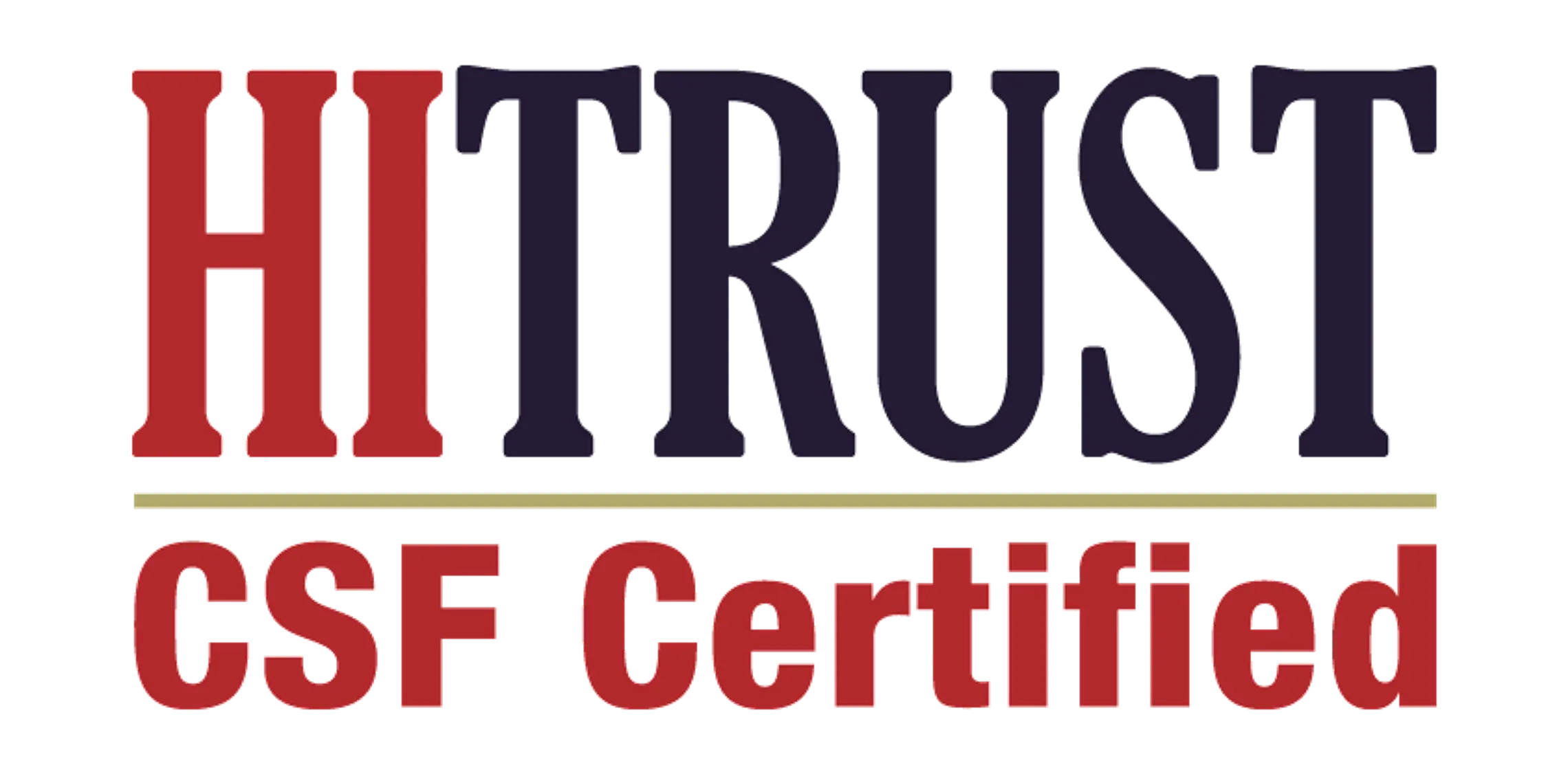Navigating the payment maze: Strategies for overcoming payer challenges in healthcare

In the ever-evolving landscape of healthcare, providers are constantly navigating a complex maze of payer challenges that can impact patient care and operational efficiency. From insurance reimbursement issues to evolving regulations, the obstacles can feel overwhelming. However, with the right strategies, healthcare organizations can find a way through these challenges and improve their financial health and patient satisfaction.
One of the most significant challenges in healthcare today is the intricacy of insurance reimbursement processes. With numerous payers and an array of policies, providers often face delayed payments and underpayments. To counter this, healthcare organizations should invest in robust revenue cycle management (RCM) systems. These systems streamline billing processes, automate coding, and facilitate better communication with payers. Utilizing advanced RCM software can lead to fewer errors in claims submissions, which means quicker reimbursements and a healthier cash flow.
Additionally, staying abreast of insurance policies and regulations is crucial. The healthcare industry is subject to frequent changes, whether through shifts in government regulations or private payer policies. Regular training sessions for billing and administrative staff can help ensure everyone is informed about the latest requirements, minimizing the risk of claims denials. Organizations should also foster relationships with payer representatives; open lines of communication can expedite resolution processes and foster a better understanding of specific payer requirements.
Moreover, the rise of value-based care models introduces new complexities. While these models promise improved patient outcomes, they often require a fundamental shift in how care is delivered and reimbursed. Healthcare providers must prioritize data analytics to measure patient outcomes and demonstrate the effectiveness of their care. By leveraging data to showcase the value provided, organizations can negotiate better reimbursement rates and establish a reputation for quality in the eyes of payers.
Navigating payer challenges also involves addressing patient responsibility. As high-deductible health plans become more common, patients are bearing more of the financial burden. Providers can alleviate this stress by implementing transparent pricing practices and offering financial counseling services. By clearly communicating costs upfront, patients can make informed decisions about their care, potentially reducing late payments and bad debt for providers.
Telehealth has emerged as a powerful tool in addressing payer challenges, especially post-pandemic. Many payers have expanded coverage for telehealth services, allowing providers to reach patients more effectively. However, it is essential for healthcare organizations to ensure that they understand which services are reimbursable and under what conditions. By incorporating telehealth into their service offerings, providers can expand access to care while potentially increasing revenue streams.
In conclusion, while navigating the complexities of payer challenges in healthcare can be daunting, there are effective strategies available. By investing in advanced revenue cycle management systems, fostering payer relationships, embracing value-based care, and enhancing patient financial transparency, healthcare organizations can mitigate their financial risks. As the industry continues to evolve, those who adapt to the changing landscape will not only thrive but also ensure they provide high-quality care to their patients. The journey through the payment maze may be intricate, but with a proactive approach, success is within reach.






